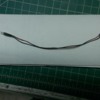Over the past years I have done many DCS upgrades. Several people wanted bright white LEDs in headlights and backup lights. My good friend Locolawyer is the guy I blame the most for this request. Recently I have had members ask me to throw something on the forum instructing how it is done. Very simple and very cheap to do. On PS2 and PS32 boards the wires for the front headlight are light blue and purple. Light blue coming from the number 5 pin on the 12 pin connector and the purple comes from the 2 pin on the 12 pin connector. The rear lighting is a light green wire from pin 4 on the 12 pin connector and the purple from pin 2 on the 12 pin connector. On front and back lighting, follow the purple wire to where your lights plug in. The purple is the hot wire and the corresponding wire that you need to put your resistor in on the light side of the plug. Cut the wire and insert a 560 OHM 1/2 or 1/4 watt resistor. Next cut the bulb off the wires and connect the longest lead from the LED to the other end of the resistor. The long lead is plus. Connect the other wire (negative) to the ground side and you now have LED headlight/backup lights. I will outline this a bit better with a few pictures.

The photo above shows left to right a section of 3/64 heat shrink, a section of 3/32 heat shrink, next a 3mm bright white LED. This is Lionel p/n 6102045300, and a 560 OHM 1/2 watt resistor.
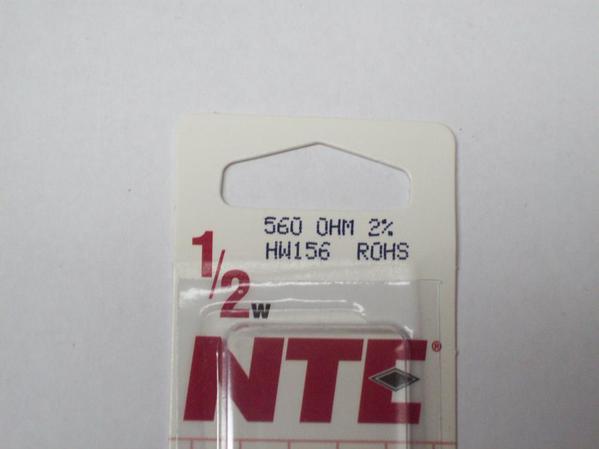
Above is the resistor I used. You can buy what you need at many locations and they are very inexpensive. No polarity is needed.
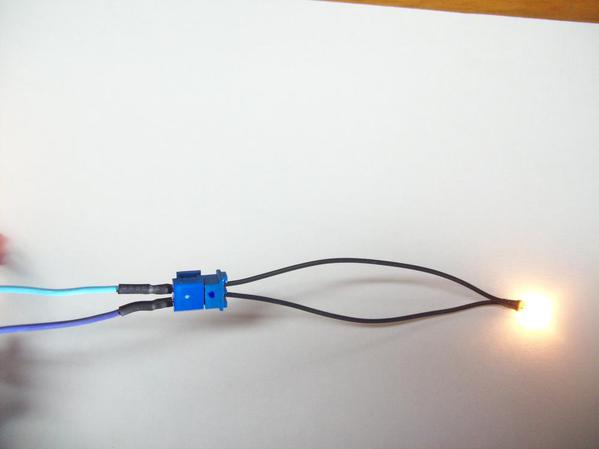
Above is a front MTH conversion showing the light blue and purple wires used in the front headlight. This is the original incandescent light from the upgrade kit.
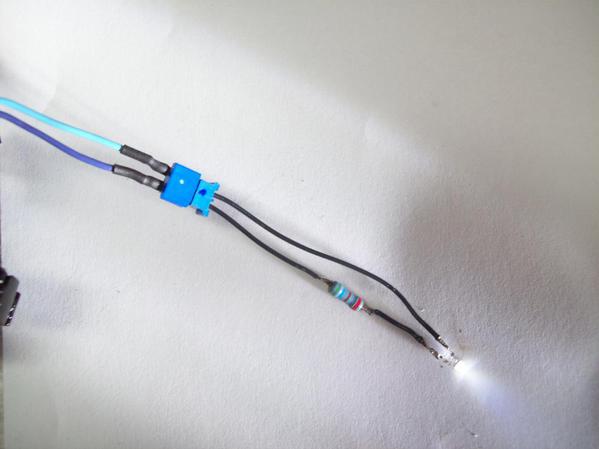
This shows the finished product without the shrink to show you the path of the purple wire to the resistor then to the LED.
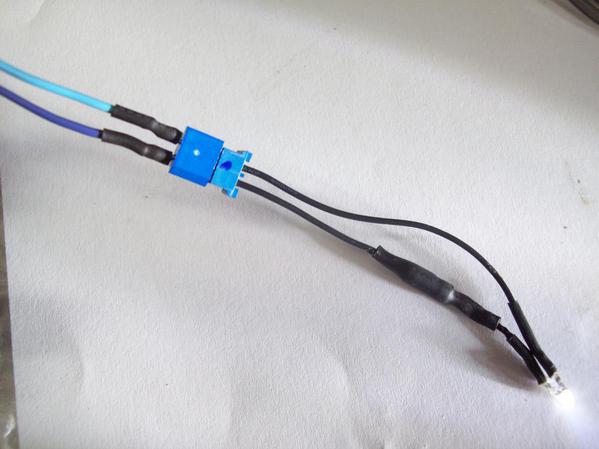
This photo shows the final product with heat shrink installed.
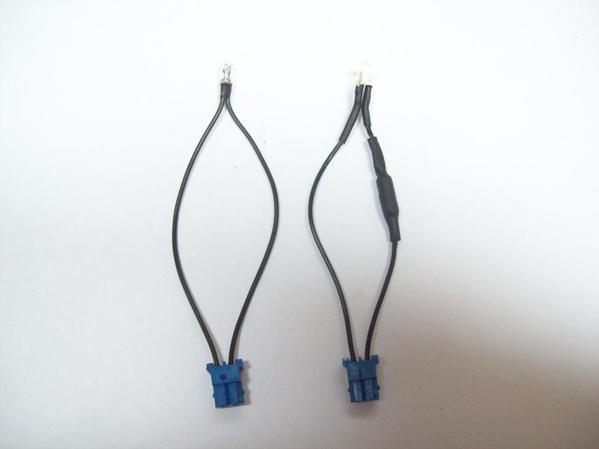
This shows before and after. You are out about 20 minutes of your time and about two bucks. If you like the LED look, anyone can do it with no special skills. The LED I used was from Lionel and the resistor from a local parts store. You can use any manufacturer of the products. I did some testing with these a long time ago with MTH R&D and the correct resistor we came up with was a 510 OHM. You can go down to that if they are available to you.
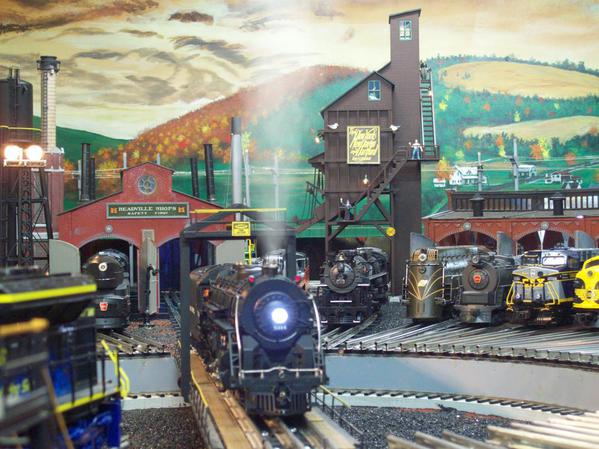
This is an MTH PS1 upgraded Hudson for Locolawyer.
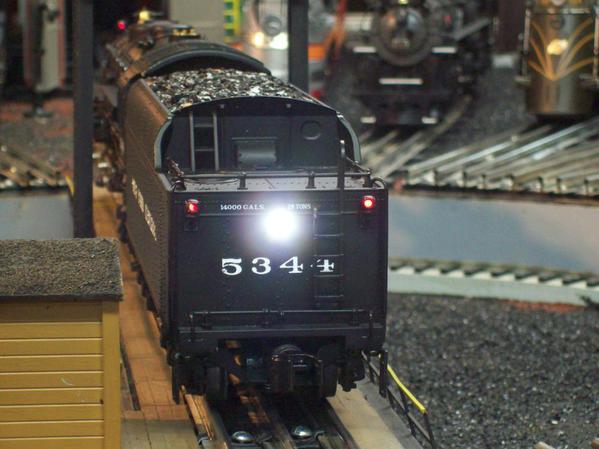
The rear of the Locolawyer Hudson.





